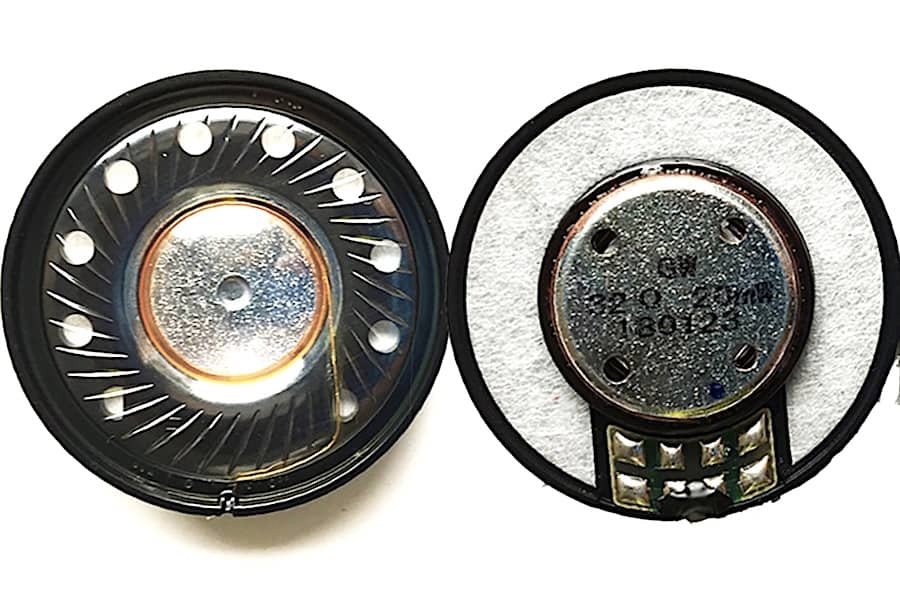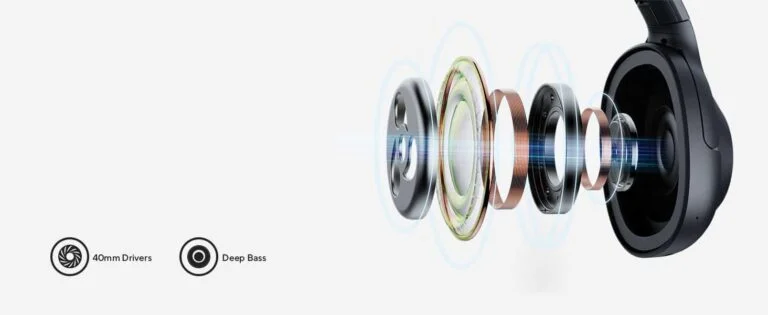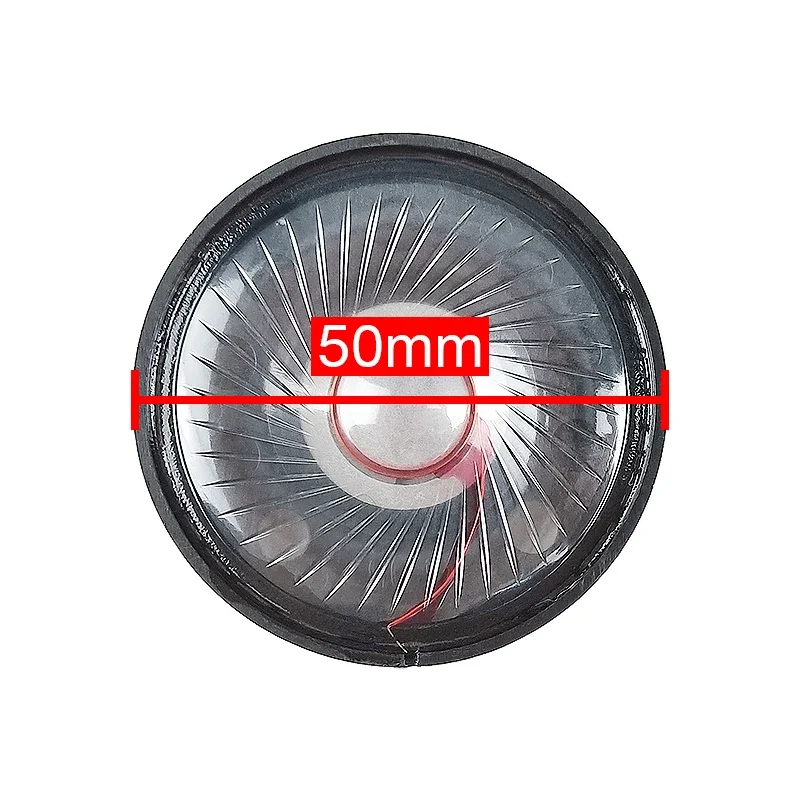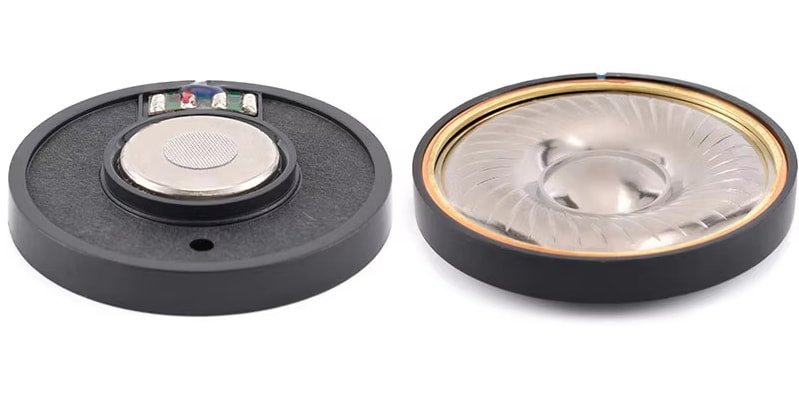When choosing headphones, you might have come across terms like 40mm and 50mm drivers. But what do these numbers mean, and how do they affect your listening experience? Let’s dive into the details to help you make an informed decision.
What Are Headphone Drivers?
A headphone driver is a crucial component that converts electrical signals into sound. It’s essentially the speaker inside your headphones, consisting of parts like the diaphragm, voice coil, and magnet.

The size of the driver, measured in millimeters, often influences the sound characteristics of the headphones.
40mm Drivers: Features and Performance
40mm drivers are commonly found in many headphones and offer a balanced sound profile. They are known for delivering clear mids and highs, making them suitable for genres that emphasize vocals and instruments.

Due to their size, headphones with 40mm drivers tend to be more compact and lightweight, enhancing portability and comfort.
50mm Drivers: Features and Performance
On the other hand, 50mm drivers are larger and can move more air, which often results in stronger bass response. This makes them ideal for bass-heavy music genres and immersive gaming experiences.

However, the increased size can lead to bulkier headphones, which might affect comfort during extended use.
40mm vs. 50mm Drivers: Key Differences
| Feature | 40mm Drivers | 50mm Drivers |
|---|---|---|
| Sound Profile | Balanced mids and highs; moderate bass | Enhanced bass; potential overshadowing of mids and highs |
| Portability | Compact and lightweight | Bulkier and heavier |
| Comfort | Suitable for long listening sessions | May cause fatigue over time due to size |
| Use Case | Casual listening, genres focusing on vocals | Bass-heavy music, gaming |
It’s important to note that driver size isn’t the sole determinant of sound quality. Factors like headphone design, materials used, and tuning play significant roles in the overall audio experience.
Are 40mm Drivers Good for Gaming?
For gaming, 40mm drivers can provide clear audio, especially in terms of dialogue and in-game music. However, they might lack the deep bass that enhances explosions and other low-frequency sounds, which are crucial for an immersive gaming experience. If you’re a casual gamer, 40mm drivers should suffice. Read our guide on Bluetooth 5.4.

But for a more immersive experience, especially in action-packed games, 50mm drivers might be preferable.
40mm Beryllium and Neodymium Drivers
The materials used in drivers can also impact sound quality. Beryllium drivers are known for their rigidity and lightness, providing precise sound reproduction. Neodymium magnet drivers offer strong magnetic fields, resulting in better efficiency and sound clarity. The type of driver in your headphones can greatly impact sound quality.

Both materials can enhance the performance of 40mm drivers, delivering high-quality audio in a compact form.
Choosing Between 40mm and 50mm Drivers
When deciding between 40mm and 50mm drivers, consider your primary use case:
- Music Listening: If you prefer genres like classical, jazz, or acoustic, 40mm drivers might offer a more balanced sound. For hip-hop, EDM, or rock, 50mm drivers could provide the desired bass impact.
- Gaming: For immersive gaming with pronounced sound effects, 50mm drivers are generally better. However, for strategy or casual games, 40mm drivers should be adequate.
- Portability: If you need headphones for on-the-go use, 40mm driver headphones are typically more portable and comfortable for extended wear.
Conclusion
Both 40mm and 50mm drivers have their advantages and are suited for different preferences and use cases.

Understanding their characteristics can help you choose headphones that best fit your listening habits and needs. The QCC3091 chip brings advanced features to wireless headphones. Learn about its capabilities in our post on What is the QCC3091 Chip?.
FAQs
What’s the difference between 40mm and 50mm drivers?
The primary difference lies in size, affecting sound profile and headphone design. 50mm drivers often produce stronger bass, while 40mm drivers provide a balanced sound.
Are 50mm drivers better than 40mm?
Not necessarily. It depends on personal preference and intended use. 50mm drivers may offer enhanced bass, but 40mm drivers can deliver clearer mids and highs.
Is 40mm driver good for gaming?
Yes, especially for games focusing on dialogue and ambient sounds. However, for bass-heavy games, 50mm drivers might offer a more immersive experience.
Do 40mm drivers have good bass?
They provide decent bass, but it may not be as pronounced as with larger drivers like 50mm.
What are 40mm neodymium drivers?
These are 40mm drivers that use neodymium magnets, known for their strong magnetic fields, resulting in better efficiency and sound clarity.
Does driver size affect headphone comfort?
Yes, larger drivers typically require bigger earcups, which can affect comfort and portability.